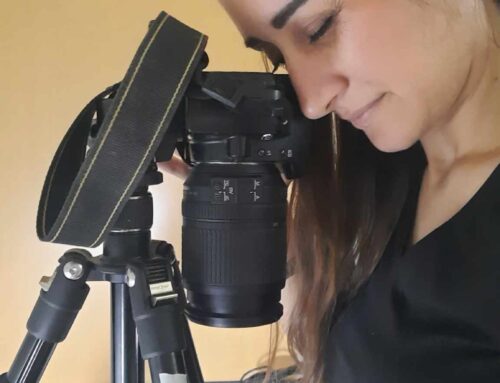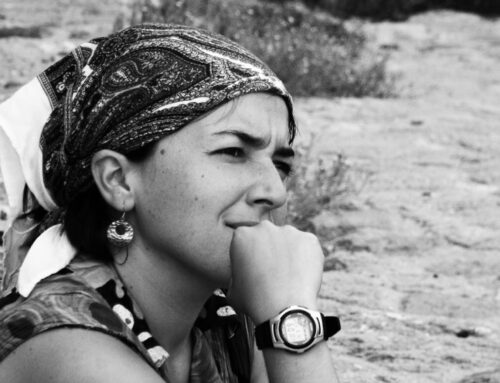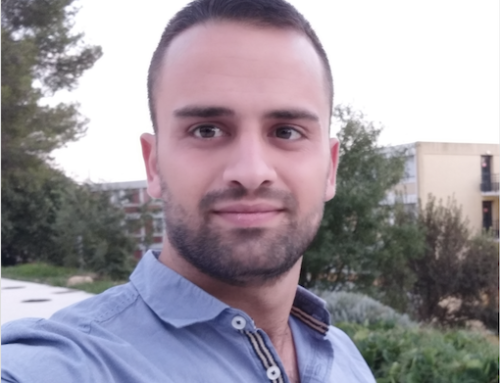Ghaiath Merhej – 2018 – University of Aix-Marseille MA Scholar.

I graduated from the faculty of arts and human sciences, Department of Archeology at the University of Damascus. I have always had the desire and motivation to study and specialize in underwater archeology but this specialty is not available in Syria. I am interested in seas and oceans and to discover the depths and civilizations that ended up at the bottom of the sea and ocean and brought it back to life again. Especially the presence of many ships sunk off the Syrian coast, in addition to the presence of many archaeological sites on the Syrian coast.
In 2011, I started working at DGAM/ Directorate General of Antiquities and Museums, – Ministry of culture – Latakia, at the Department of Building Documentation and excavation.
Summary of Year One (2018-2019)
I have now completed my first year of the Masters programme MoMArch (Master of Maritime and Coastal Archaeology) at Aix-Marseille University,co-directed by Centre Camille Jullian (AMU, CNRS, MCC), of the DRASSM (Ministry of Culture) and of many other CNRS laboratories. In addition to a large number of presentations given by guest lecturers, from both French and international research institutes.
This year consisted of theoretical and practical training in the following areas:
Theoretical Courses : (History of maritime archeology, definitions and Specialties. Survey and excavation methods.
- Historiography and institutional organization and legislation. Preservation-restoration of artefacts.
- Paleo environment: Geo-archaeology, marine sciences and coastal geophysics. Case studies (Specialty defined by invited professors).

Ceramology: Techniques used in Classification of pottery and ceramics and matching artifacts to the real shape, different ways to draw and document artifacts (Centre Camille Jullian-CNRS).
Photography: Basic theory of photography and how to take good photos by using the light and reflector in the studio. Best use of the camera in terms of selection of colors and type of lens to get a very accurate image (Centre Camille Jullian).
Illustrator: Choosing the best programs to deal with images and merge them professionally, 2D, 3D.
Topography: Practical application of topographical work began with collecting the necessary data on the site, detailed mapping, knowledge of the techniques and tools used in the survey of sites, the collection of all data in the framework of an integrated strategy ( fieldwork at the Oppidum of Roquefavour).
Conservation: Sorting, classification and treatment of ceramics and pottery before conservation, desalination, storage of objects integrated with databases that could be accessed online (DRASSM – Conservation Laboratory).
Archaeogeography: Dealing with the dynamics of space over time and exploring other dimensions of geohistorical objects and observing the archeological evidence in Aerial photos (Centre Camille Jullian- CNRS).
Photogrammetry: Use photographic and digital technology to document archaeological work using total station and photogrammetry.
Professional diving training course (Marseilles) in partnership with the National Institute of Professional Diving (INPP). Obtain professional hyperbaric aptitude certificate.
I also participated in excavation training in the port and beach of Saint Gervais (Fos-sur-Mer May 2019). This experience allowed me to gain experience and answer questions arising from the theoretical studies, about the ways and conditions of work underwater and work in an integrated team (Directed by Souen Fontaine, DRASSM)
Prior to the start of the Masters programme I also completed my Advanced Scuba Diver course at the Lebanese International Diving Centre : In early September 2018, Special diving course in the Lebanese International Diving Center (NAUI), under the supervision of international instructors, where I obtained the training and diving certificate (Advanced scuba diver). On this course I was introduced to and trained for the basic skills of underwater diving, including how to use and deal with the diving gear, and safety during diving.
During this year, there were many discussions between me and Dr. Kalliopi Baika and and Dr. Nicolas Carayon my supervisors for the first year. We were able to choose the study paper’s project, where I made a study of Ugarit (one of the most important archaeological sites in Syria).
The title of my 1 thesis is Ugarit commercial Harbours – Study and analysis of maritime relations.

The archaeological sites on the Syrian coast form an important archive of the early maritime activities in the eastern Mediterranean during the different ancient periods. Unfortunately, these sites face the threat of destruction due to rapid urban stretch along the Syrian coast. We hope this research will help shed light on the importance of this site and help raise public awareness and involve the community in the safeguard of this site, we hopefully draw attention to the unique importance of the Syrian Ports and Harbours, and encourage further research and excavations both on land and in the sea.







